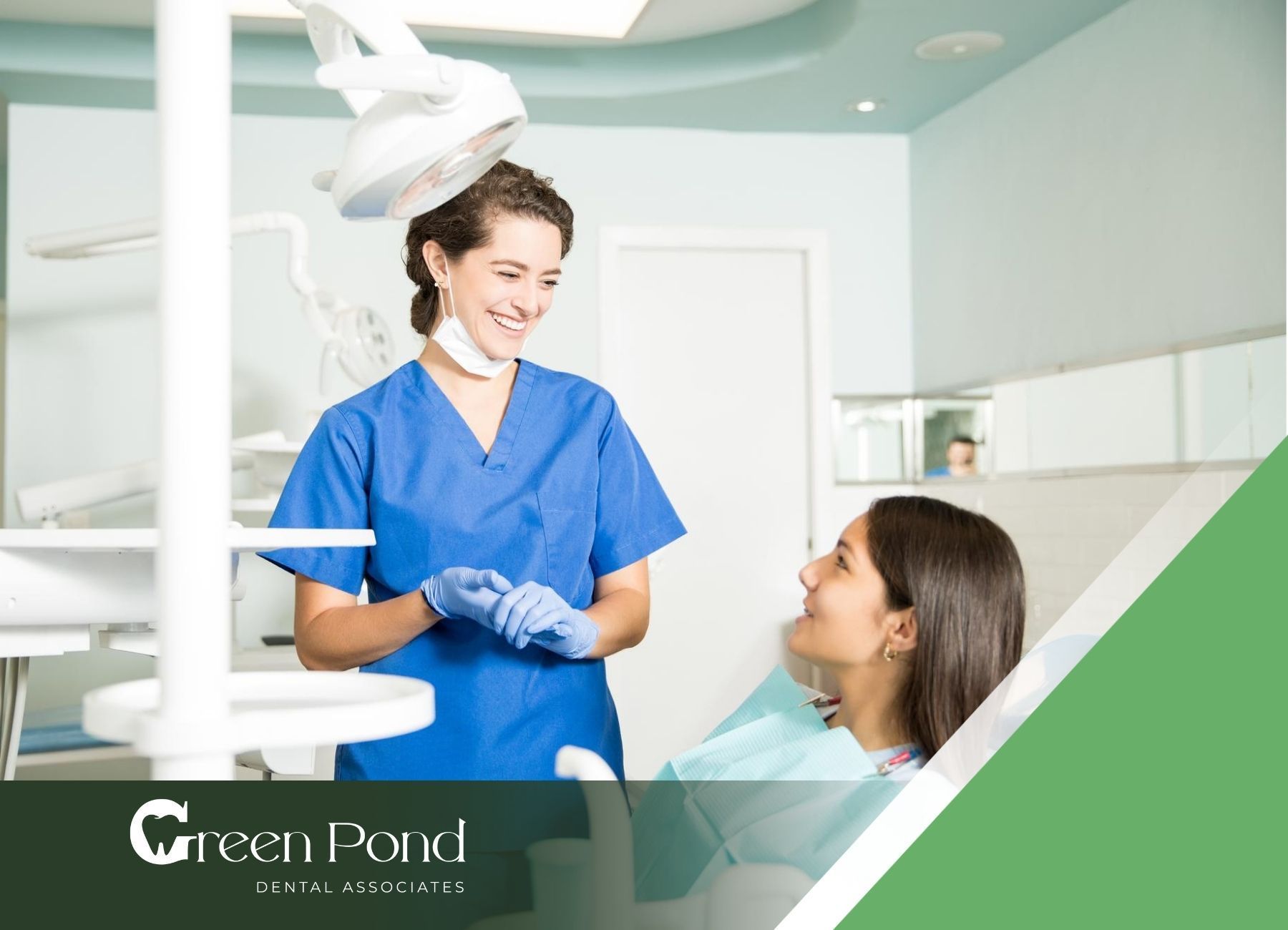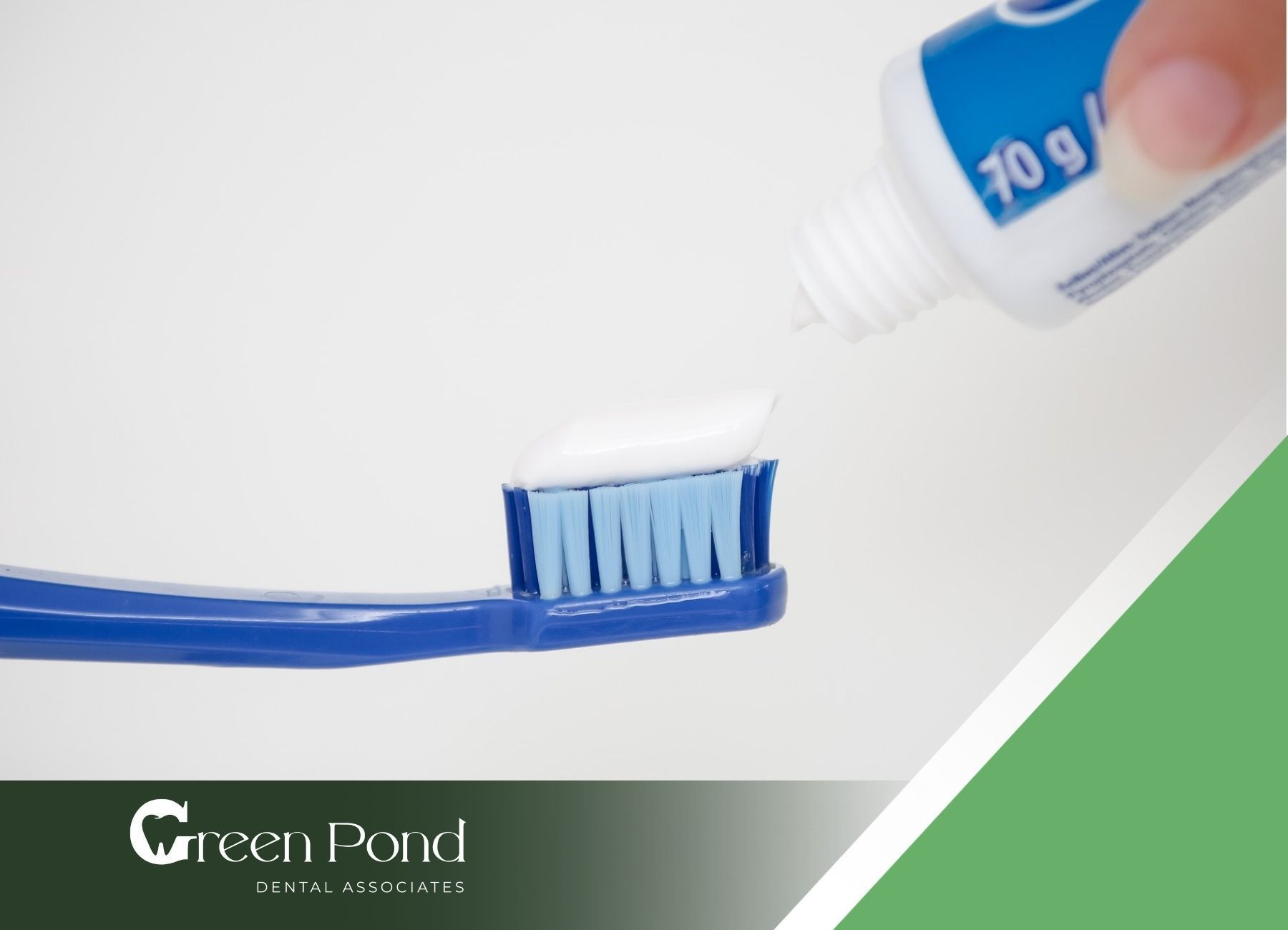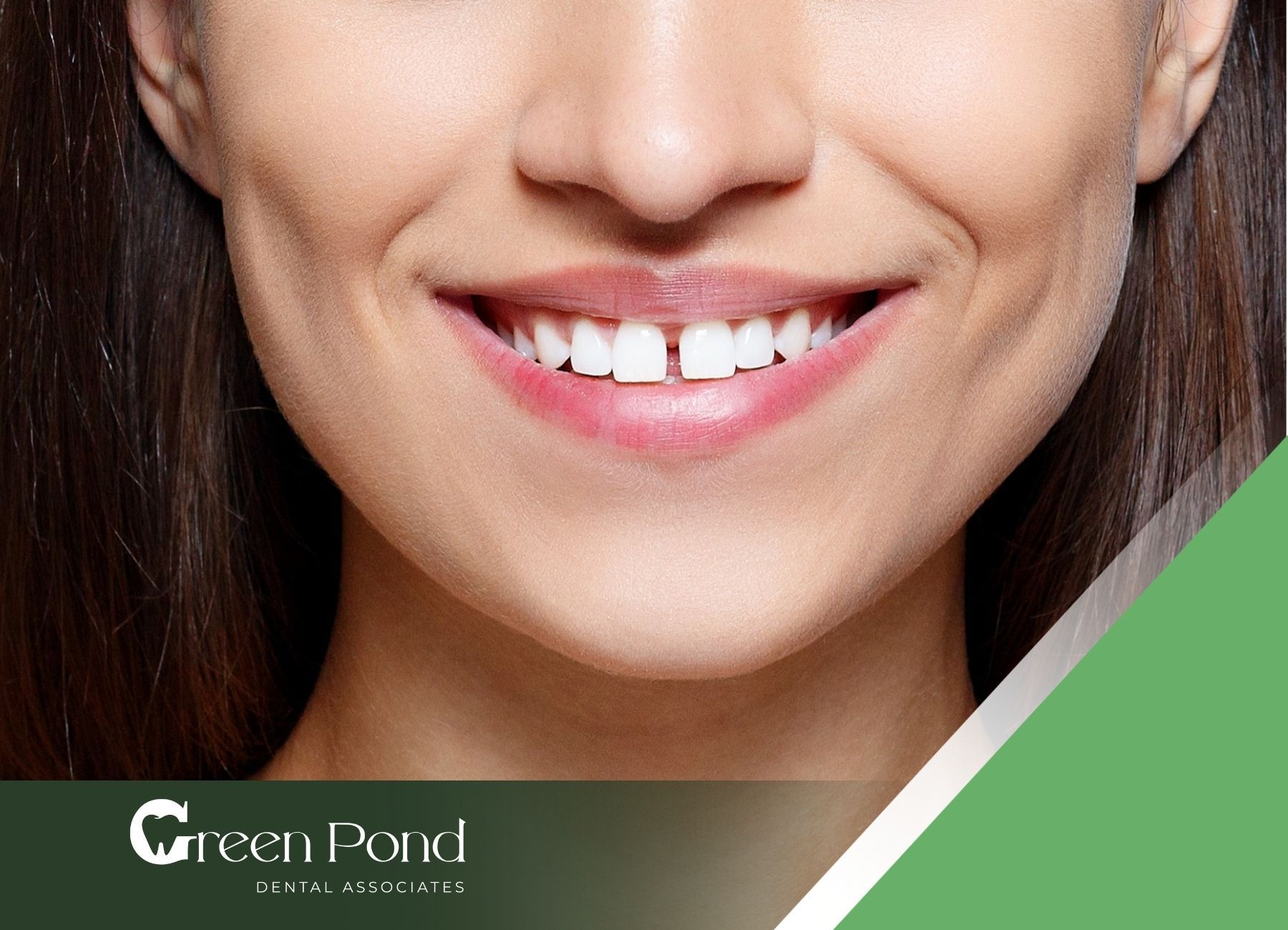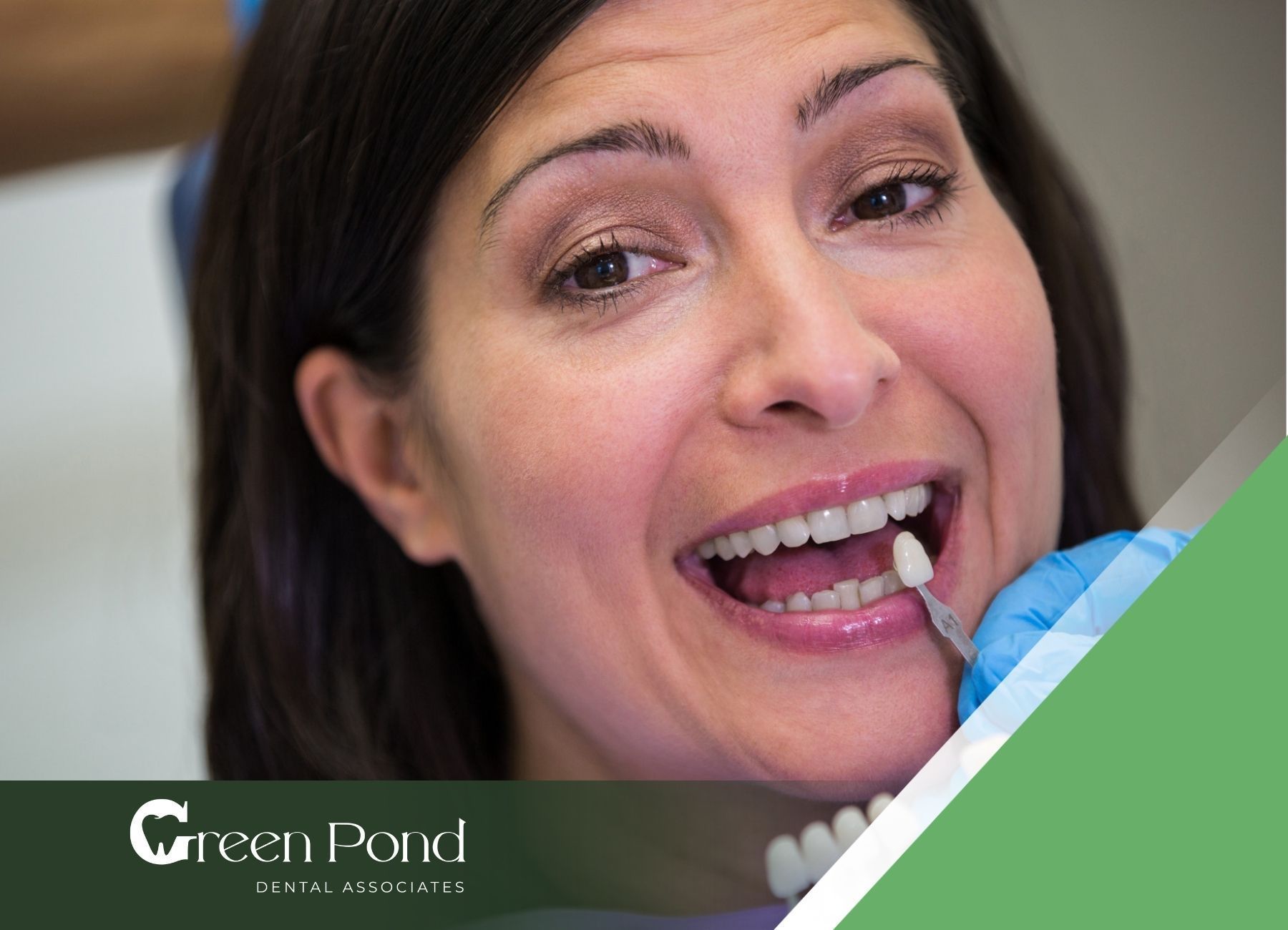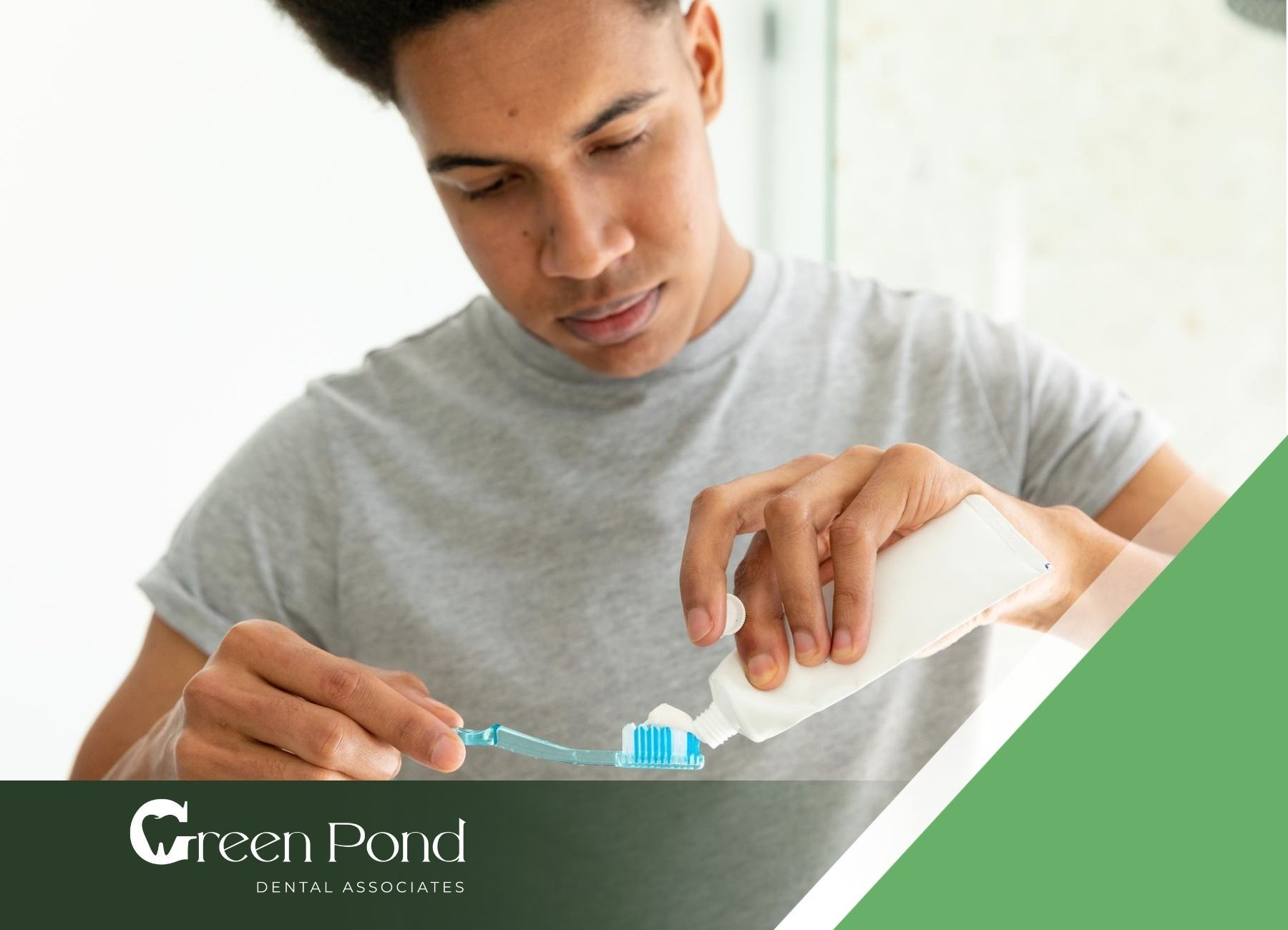How to Handle Dental Trauma: Expert Tips for Quick Recovery
Dental trauma can happen at any time, and its consequences can range from minor discomfort to severe injury. Whether you’ve suffered a sudden blow to the mouth, an accident during sports, or a fall that resulted in a chipped tooth, dental trauma is a common issue that affects both children and adults alike. Understanding the causes, symptoms, and treatment options for dental trauma can help you recover quickly and effectively.
What is Dental Trauma?
Dental trauma encompasses a wide range of injuries to the teeth, gums, mouth, and jaw, typically resulting from accidents or physical activity. It can involve a single tooth or multiple teeth, and injuries can vary from minor chips to complete tooth loss. Whether you’re in a contact sport, on the job, or simply at home, dental trauma is more common than you might think—and its effects can be serious if not addressed promptly.
Dental trauma not only causes physical harm but can also have lasting emotional impacts, especially if the injury alters a person’s appearance or affects their ability to eat or speak. That’s why it’s important to be aware of the types of trauma, how to manage them, and when to seek professional dental help.
Types of Dental Trauma: A Closer Look
Dental trauma can occur in many forms, ranging from relatively minor chips to severe injuries that require immediate care. The most common types of dental trauma include:
1. Chipped or Cracked Teeth: Minor but Painful Injuries
Chipped or cracked teeth are among the most frequent dental injuries, often caused by biting hard objects, sudden falls, or direct trauma to the mouth. The crack or chip can vary in severity, from a small, superficial notch to a deep crack that affects the tooth’s structure. While these injuries are often not immediately painful, they can lead to increased tooth sensitivity, particularly to temperature changes or pressure.
Treatment Options:
- Minor chips may only require smoothing out or cosmetic bonding.
- Deep cracks may need dental crowns, root canals, or even tooth extraction if the tooth is too damaged.
2. Knocked-Out Tooth (Avulsed Tooth): A Serious Dental Emergency
Losing a tooth due to trauma—especially a permanent one—is a dental emergency that requires immediate care. If a tooth is knocked out, time is of the essence. The quicker the tooth is reinserted into its socket, the better the chances of successful reattachment. In fact, studies show that reimplanting a tooth within 30 minutes significantly improves the chances of saving it.
How to Handle it:
- Don’t Touch the Root: Hold the tooth by the crown, not the root.
- Preserve the Tooth: Rinse it gently in water and place it in milk or saline solution if you can’t reinsert it right away.
- Get to the Dentist: Seek treatment from a dentist within the hour to increase the chances of saving the tooth.
3. Dislodged Teeth: When Teeth Are Pushed Out of Position
Teeth that are pushed out of their normal position—either partially or completely—are known as dislodged teeth. This can happen in the case of blunt trauma or accidents where the impact causes a tooth to shift in the socket. While dislodged teeth are sometimes less severe than completely knocked-out teeth, they still require immediate dental care to avoid permanent damage.
Treatment Options:
- The dentist will reposition the tooth and may use a splint to stabilize it until it heals.
- Follow-up care may be necessary to monitor healing and prevent infection.
4. Fractured Teeth: A Common Yet Painful Injury
Fractured teeth result from impacts that crack the tooth, potentially exposing the sensitive pulp inside. A tooth fracture can be classified as a simple crack, a deep fracture, or even a complete break. It can be painful, especially if the fracture affects the nerve of the tooth.
Treatment Options:
- If the fracture involves the pulp, a root canal procedure may be needed.
- For cosmetic fractures, veneers or crowns can help restore the tooth’s appearance.
5. Gum Injuries: Beyond the Teeth
Though the teeth often receive the most attention in dental trauma cases, injuries to the gums and soft tissues of the mouth are common and just as important. Cuts, tears, or bruising of the gums can occur from accidents, especially in cases of falls or contact sports.
Treatment Options:
- Clean the area and apply pressure if there is bleeding.
- The dentist may suture larger cuts to promote proper healing and reduce the risk of infection.
6. Jaw Fractures: More Serious Injuries That Require Medical Attention
A broken jaw is one of the more severe types of dental trauma. These injuries usually occur from significant impacts, such as car accidents or physical altercations. Fractures can affect both the upper and lower jaws and can impact speech, chewing, and overall mouth function.
Treatment Options:
- Jaw fractures often require surgery to realign the bone and stabilize it for proper healing.
Recognizing the Symptoms of Dental Trauma
The signs of dental trauma are typically easy to recognize, especially if you’re aware of what to look for. If you experience any of the following, it’s important to seek professional dental care:
Pain
Severe pain may indicate that the injury is more than just superficial. If the pain persists or worsens, it could be a sign of nerve damage or infection.
Swelling and Bruising
Swelling around the affected tooth or jaw is common and may be accompanied by bruising of the gums, lips, or face.
Loosened or Missing Teeth
A tooth that is loose or has been knocked out entirely requires immediate attention.
Sensitivity
If the tooth becomes sensitive to or if you experience discomfort when chewing, it may be a sign that the damage is affecting the tooth’s nerve.
Bleeding
Bleeding from the gums, lips, or mouth is another indicator that dental trauma has occurred.
How to Treat Dental Trauma at Home Before Seeing a Dentist
While professional care is essential for all types of dental trauma, there are things you can do at home to minimize pain, prevent further damage, and prepare for the dentist.
1. For Chipped or Cracked Teeth:
- Rinse the Mouth: Use warm water to clean the area and remove any debris.
- Apply a Cold Compress: This will help reduce swelling and provide relief from pain.
- Over-the-Counter Pain Relief: Non-steroidal anti-inflammatory drugs (NSAIDs) such as ibuprofen can help manage pain until you see a dentist.
2. For Knocked-Out Teeth:
- Preserve the Tooth: If possible, reinsert the tooth back into its socket. If not, store it in milk or saline.
- Control Bleeding: Apply pressure with a clean cloth to stop bleeding.
- See a Dentist Immediately: The faster you can get professional help, the better the chances of saving the tooth.
3. For Fractured Teeth:
- Rinse the Mouth: Cleanse the affected area with warm water.
- Cold Compress: Reduce swelling around the injured area.
- Pain Relief: Take over-the-counter painkillers and avoid chewing on the injured tooth.
4. For Gum Injuries:
- Clean the Area: Rinse gently with warm water or saltwater to clean the wound.
- Stop Bleeding: Apply pressure to any bleeding areas using clean gauze.
Preventing Dental Trauma
While some accidents are unavoidable, there are several precautions you can take to reduce the risk of dental trauma:
Wear a Mouthguard
If you play contact sports or engage in activities where falls are likely, always wear a mouthguard to protect your teeth and gums.
Avoid Hard Foods
Hard candies, ice, and other hard foods can cause your teeth to crack or chip. Use caution when chewing on these items.
Practice Safety
Always wear your seatbelt in the car, and be mindful of your surroundings to prevent accidents.
Maintain Good Oral Health
Regular dental visits can help prevent tooth damage due to untreated cavities, weakened enamel, or other dental issues.
Conclusion
Dental trauma can happen when you least expect it, but knowing how to handle these situations effectively can make a huge difference in the outcome. Whether it’s a chipped tooth, a knocked-out tooth, or a fractured jaw, quick action and professional care are crucial in minimizing damage and ensuring a smooth recovery.
At Green Pond Dental, we specialize in treating all types of dental trauma, from minor chips to more severe injuries. If you or a loved one experiences dental trauma, don’t hesitate to reach out. Our team of experienced professionals is here to provide the care you need to get back to smiling confidently.
FAQs
How long do I have to get a knocked-out tooth reimplanted?
For the best chance of saving a knocked-out tooth, try to get to the dentist within 30 minutes. If that’s not possible, keep the tooth moist in milk or saline and seek dental care as soon as possible.
Can a chipped tooth be fixed without a crown?
It depends on the severity of the chip. Small chips can often be repaired with dental bonding, but more significant damage may require a crown for strength and protection.
How can I prevent dental trauma during sports?
Wearing a custom-fitted mouthguard is one of the best ways to prevent dental trauma during contact sports or high-risk activities.

